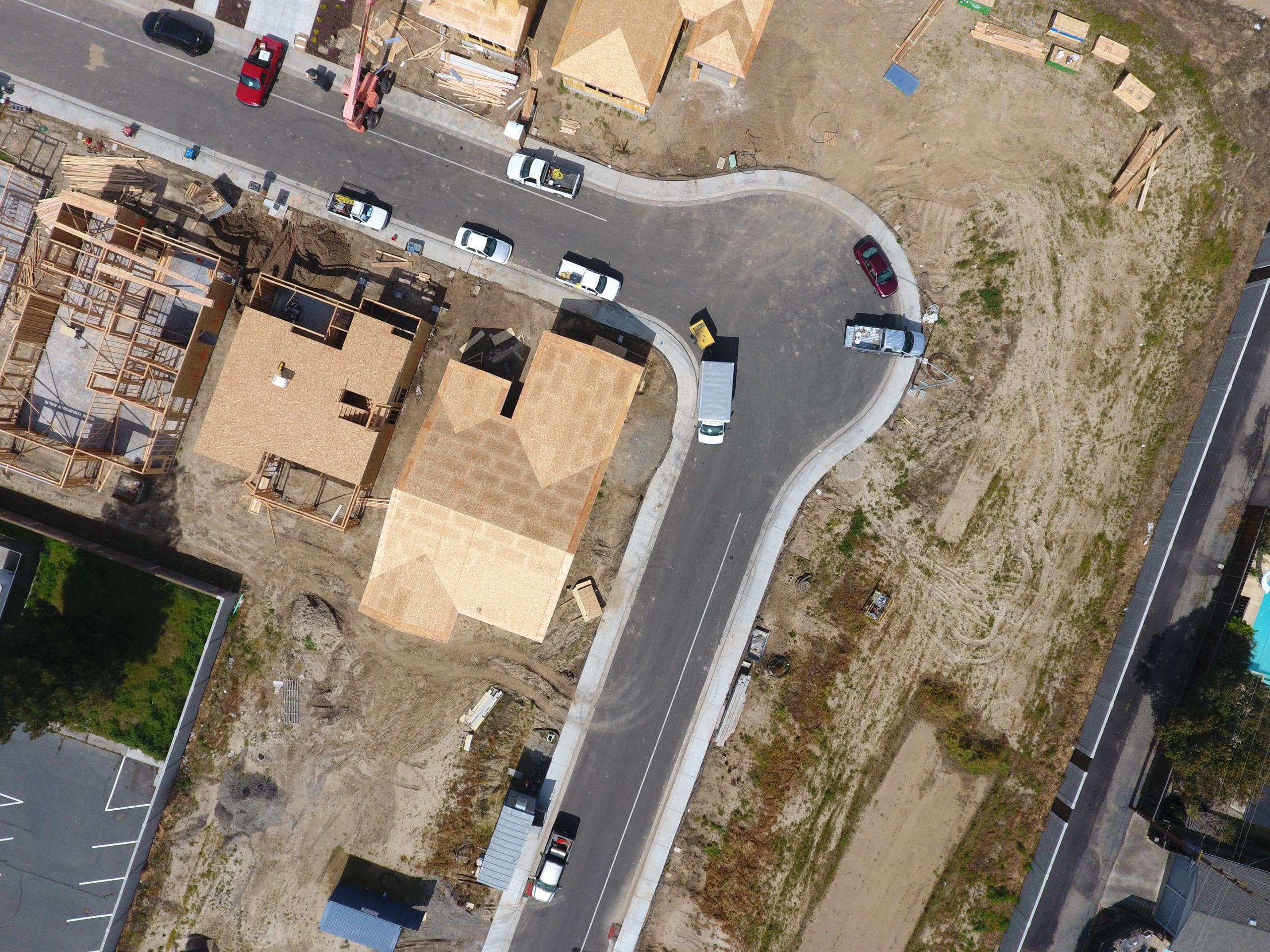The economy of northern Nevada is going great these days.
But to sustain that strength, the community needs to keep a laser-sharp focus on creation of more affordable housing, says the president and chief executive officer of the Economic Development Authority of Western Nevada.
Mike Kazmierski, whose agency works closely with new and expanding companies in the region, notes that at least 30 new companies employing more than 2,200 workers came to the Reno-Sparks area last year. On average, those jobs paid about $58,000.
While EDAWN’s pipeline of relocating companies is full — 11 companies employing a total of more than 1,000 are nearing public announcements of their plans — housing increasingly is a hurdle for the region’s growth.
Last year, Kazmierski says, the region issued building permits for barely more than half the 4,500 new homes that EDAWN analysts believe the region needs.
With little new construction, buyers compete fiercely for the relatively small number of new and existing homes on the market. Prices, not surprising, have risen sharply, and the median price for an existing home in the region stood near $450,000 at the start of this year.
Even though there’s no single answer, Kazmierski says the region can take steps to improve housing supply and control costs:
- Approve zoning for more apartment complexes.
- Reduce or waive fees for affordable housing.
- Creative incentives for development of affordable housing.
- Accelerate the approvals process for new homes.
- Encourage construction of smaller homes on smaller lots.
“In many ways, we make it hard for home and multi-family builders to get a project approved and add so many fees and costs that it does not pencil, so they go somewhere else,” the EDAWN executive says.
Along with housing costs, other concerns for economic developers are schools funding — Nevada ranks near the bottom nationally — and homelessness in the community.
Despite those worries, nearly every indicator shows that the region’s increasingly diverse economy has weathered the pandemic better than most places in America, Kazmierski says.
The region’s jobless rate of 5.4% is less than half the state figure, and it’s lower than the U.S. average. Sales tax collections are heading up. Gaming revenues continue to recover. The average household income in Washoe County has increased by 45% in seven years and was close to $72,000 at last count.
EDAWN looks to maintain the momentum with aggressive marketing, mostly geared toward California companies that might want to move. Higher-pay jobs — say, $40 an hour or more — and sectors such as advanced manufacturing, biotech and technology are particular targets.
At the same time, EDAWN wants to support more home-grown startups.
New investment funds and accelerators are improving the ability of entrepreneurs to get access to the money and counseling they need to create startups, Kazmierski says.
EDAWN also is working with existing companies to make sure they have the business connections and support they need. About 45% of the 88 companies visited by EDAWN teams in the past year describe themselves as growing.
Their growth, Kazmierski says, is supported by programs such as the Software Development Bootcamp at Truckee Meadows Community College that are building a skilled workforce to meet the needs of relocating and newly created companies.

